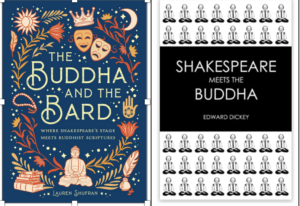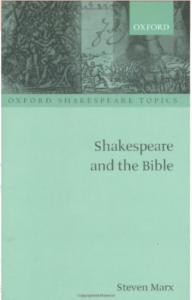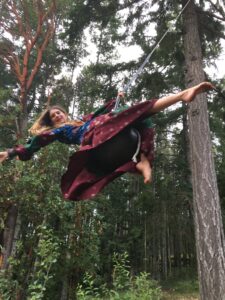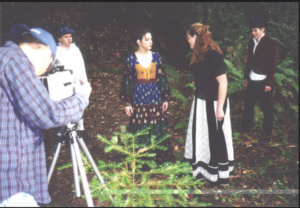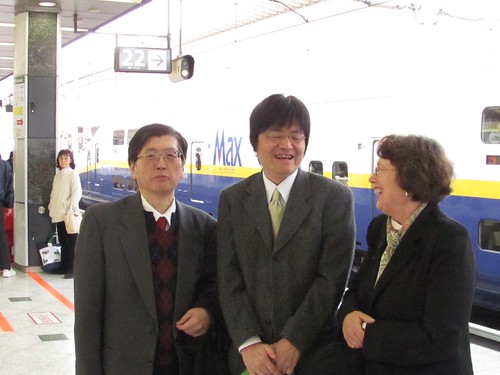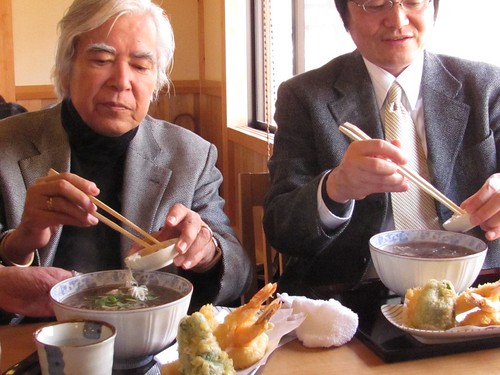Dear Professor S Marx
RQ has received a review copy of English Mercuries: Soldier Poets in the Age of Shakespeare by Adam McKeown (Vanderbilt University Press). Would you agree to write a 700 word review due no later than February 10th?
Renaissance Society of America
365 Fifth Avenue, 5400
New York, NY 10016
*******
This book’s scholarly subject is literary works about war produced between 1551 and 1632 by English writers who fashioned themselves both soldiers and poets. Three introductory chapters frame that subject: an account of the author’s experience as an English professor and Marine Lieutenant Colonel deployed in Djibouti during 2006, where questions raised in a class he taught on Shakespeare’s Henry V generated the project, a discussion of an 18th-century pamphlet pretending to collect eyewitness accounts of 16th century warfare, and a description of similarities between the conditions of expeditionary forces under the command of Elizabeth 1 and George Bush 2. The whole book addresses what the author calls a “glaring omission”(11) by voicing perspectives of veterans then and now about war and militarism.
McKeown analyzes texts dealing with military activity during Elizabeth’s regime. “Age of Shakespeare” in the subtitle alludes to a sentimental characterization of Early Modern England he challenges and to responses to Henry V that begin and end the book. His readings undermine the hawkish propaganda usually associated with military writings and critique policies leading to the “calamity” of expeditionary war. Instead, they emphasize the paradoxical, nuanced and invariably tormented experience of soldiers in battle, on deployment or returning home.
In Thomas Churchyard’s 1575 account of The Siege of Leith, McKeown finds both a critique of the military strategy that fruitlessly sacrificed many lives and disdain for the diplomacy that eventually brought peace yet discredited the sacrifices of those who fought.
Contrasting George Gascoigne’s 1576 The Spoil of Antwerp with Alarum for London, an anonymous 1602 play based upon it, McKeown finds the earlier soldier’s account of the English mission in the Netherlands better informed and more judicious than the later adaptation, which converts it into anti-Spanish propaganda.
John Donne’s utterances on the subject “ask their readers to see war as both a testing ground for personal and national valor and a destructive force that ravages human pride and renders whole countries bare, peace both an Eden on earth and a state of gnawing restlessness and internal anxiety.”(19) McKeown states that the purpose of these emblematic paradoxes is to stimulate spiritual awakening, but he finds their source in Donne’s harrowing military experiences in the Cadiz and Azores expeditions.
McKeown juxtaposes John Harington’s popular translation of Ariosto’s war-glorifying Orlando Furioso with his reports on the disastrous Irish campaign for which he volunteered and with his complaints of ingratitude by “the country that scorned him when he came home.”(20)
The book concludes with an affirmation of martial virtue in Ben Jonson’s The New Inn and The Magnetic Lady, where the playwright presents exemplary veteran soldiers who, during the revival of English militarism after the death of King James, warn “Caroline England of its moral and physical unfitness to get involved in foreign war.”(20)
McKeown’s third chapter, “English Mercuries,” begins by presenting a document about heroic soldiers that lionizes Elizabethan military achievements. At the end of a long paragraph he reveals that it is an 18th century hoax often quoted to support 19th century English militarist propaganda. “Mercury” signifies reporter, as in the names of newspapers, and “English Mercuries” is used by the chorus in HenryV (2.0.7) to describe the king’s recruits. The term appears in emblems and a familiar motto signifying the Renaissance ideal of soldier-scholar: Tam Marti quam Mercurio. But Mercury also represents a liar and thief, alluding to the unreliability of both Chorus and King, as witnessed by the play’s cynical other voices. McKeown restores the term’s honorific meaning in reference to his real soldier-poets.
McKeown’s paradoxical method is prominent in the introductory chapter, entitled “Ecole Lemonier” after the “forward antiterrorism base” in Djibouti U.S. forces shared with the French Foreign Legion. Here, McKeown tells us, he taught Henry V to fellow marines who wanted to know if Shakespeare ever served. He describes this class to reporters and to NPR listeners he addressed in a commentary as neither “the story of one sensitive intellectual’s attempt to create a meaningful experience in a war otherwise without meaning” nor that of “a patriot who risked the censure of an elitist and hypocritical academy to serve his country and give Shakespeare back to the regulars guys fighting the war.”(12) Rather he claims, “it was a real war story by real soldier about other real soldiers fighting in a real war.”
The book concludes by repudiating the perennial use of Henry V to promote military adventurism. In the self-portrait on the back cover, the author wears no uniform, but his black t-shirt, shaved head and fierce smile convey the message, “Semper Fi.” Speaking both for and as one of the English Mercuries, he characterizes soldiers as “morally strong people¦who are not stooges of the state or servants of its whims¦They are above all products of political violence and witnesses to how people come to terms with political violence not as an idea but as an action they must commit or endure.” McKeown provides valuable insight to outsiders about what military people for five hundred years have thought about their profession. But in this age of a volunteer army, I still fail to understand his meaning of “must.”

